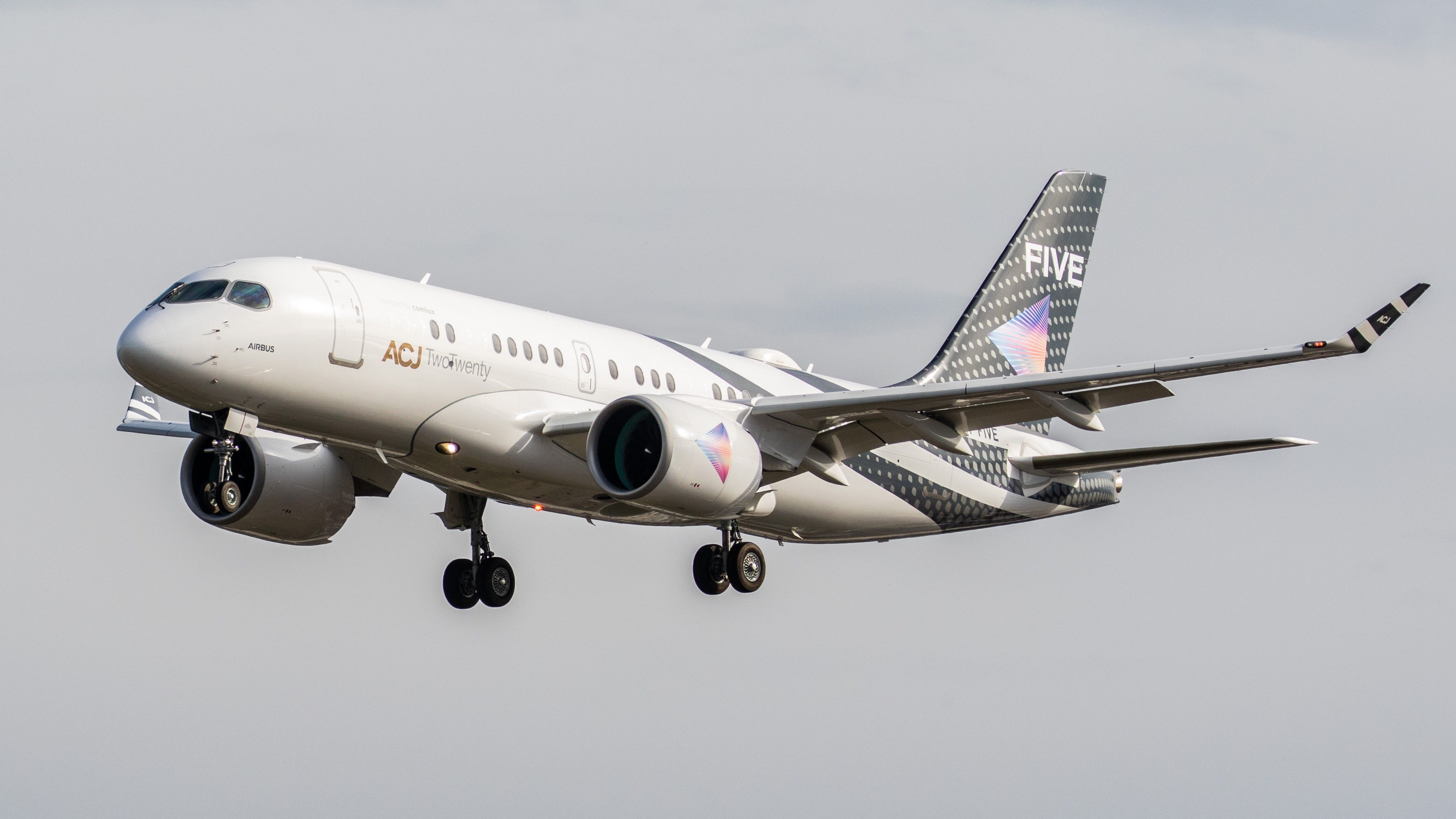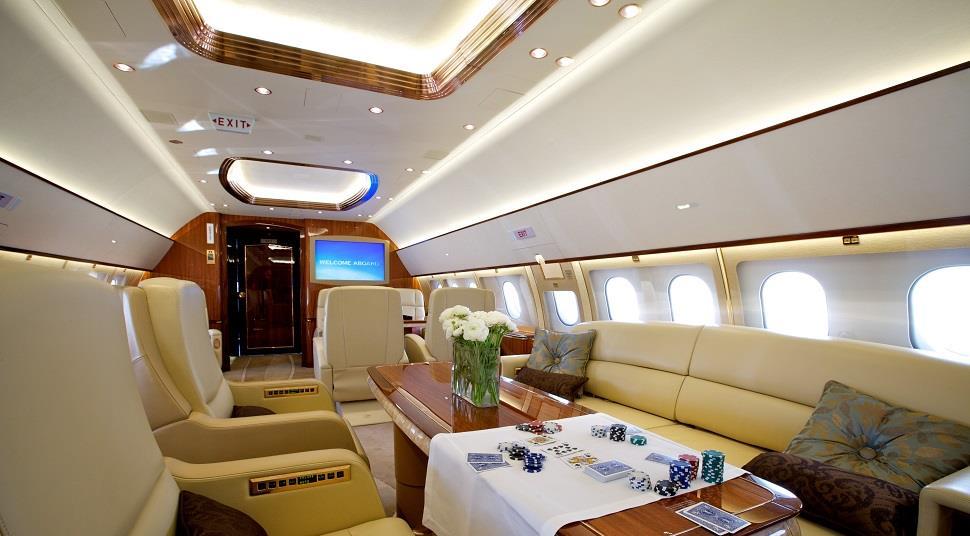





Tony Fernandes, the CEO of AirAsia, recently shared insights on the airline's ambitious fleet expansion plans and its recovery from the pandemic. In a discussion with the South China Morning Post, Fernandes revealed that AirAsia is currently in talks with major aircraft manufacturers including Airbus, Embraer, and China's Comac to acquire new planes. The airline aims to restore its operational fleet to 250 aircraft by early 2025, anticipating a full recovery from the pandemic's impacts by January 2025. From January to October 2024, AirAsia served 45 million passengers, indicating a strong rebound in travel demand. Fernandes, who acquired AirAsia for just 1 ringgit in 2001, cited significant challenges such as the 2014 Flight QZ8501 crash and subsequent pandemic-related layoffs. He emphasized the importance of expanding AirAsia's presence across all ASEAN countries and expressed loyalty to China, noting a 47% increase in arrivals from India and a 33% increase from China. Despite announcing plans to retire in five years, Fernandes signed a new five-year contract in April 2024, indicating his commitment to the airline's future. Looking ahead, he also plans to venture into creating low-cost hospitals and educational institutions post-retirement. This narrative aligns with Airbus's recent forecast that predicts a substantial demand for new aircraft in the Asia-Pacific region, where AirAsia operates. Airbus anticipates that 19,500 new planes will be needed in the region by 2044, driven by a 4.8% annual growth in passenger traffic. This context highlights the broader trends in the aviation industry, where airlines like AirAsia are adapting to changing market dynamics and increasing travel demand. [1e6d758a][3d7eab24][e9e45af9][91dcd6e5][02a0f3de][26044137][aed8a3f7]